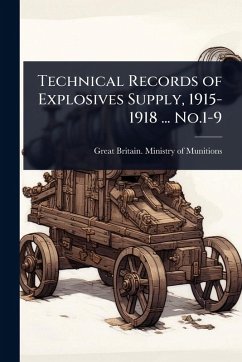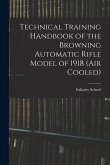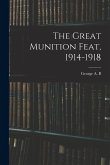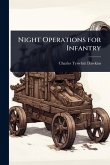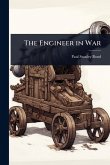This collection, "Technical Records of Explosives Supply, 1915-1918 ... No.1-9," offers a detailed look into the British Ministry of Munitions' efforts to manage and supply explosives during World War I. Compiled circa 1920, these records provide insights into the manufacturing processes, logistical challenges, and technical innovations that defined the era's war effort. Researchers and historians interested in military history, the history of technology, or the economic aspects of wartime production will find valuable information within these pages. The documents shed light on the complexities of supplying the front lines with the necessary materials, showcasing the critical role of technical expertise and industrial capacity in modern warfare. This is an important resource for understanding the logistical underpinnings of the Great War. This work has been selected by scholars as being culturally important, and is part of the knowledge base of civilization as we know it. This work was reproduced from the original artifact, and remains as true to the original work as possible. Therefore, you will see the original copyright references, library stamps (as most of these works have been housed in our most important libraries around the world), and other notations in the work. This work is in the public domain in the United States of America, and possibly other nations. Within the United States, you may freely copy and distribute this work, as no entity (individual or corporate) has a copyright on the body of the work. As a reproduction of a historical artifact, this work may contain missing or blurred pages, poor pictures, errant marks, etc. Scholars believe, and we concur, that this work is important enough to be preserved, reproduced, and made generally available to the public. We appreciate your support of the preservation process, and thank you for being an important part of keeping this knowledge alive and relevant.
Bitte wählen Sie Ihr Anliegen aus.
Rechnungen
Retourenschein anfordern
Bestellstatus
Storno

